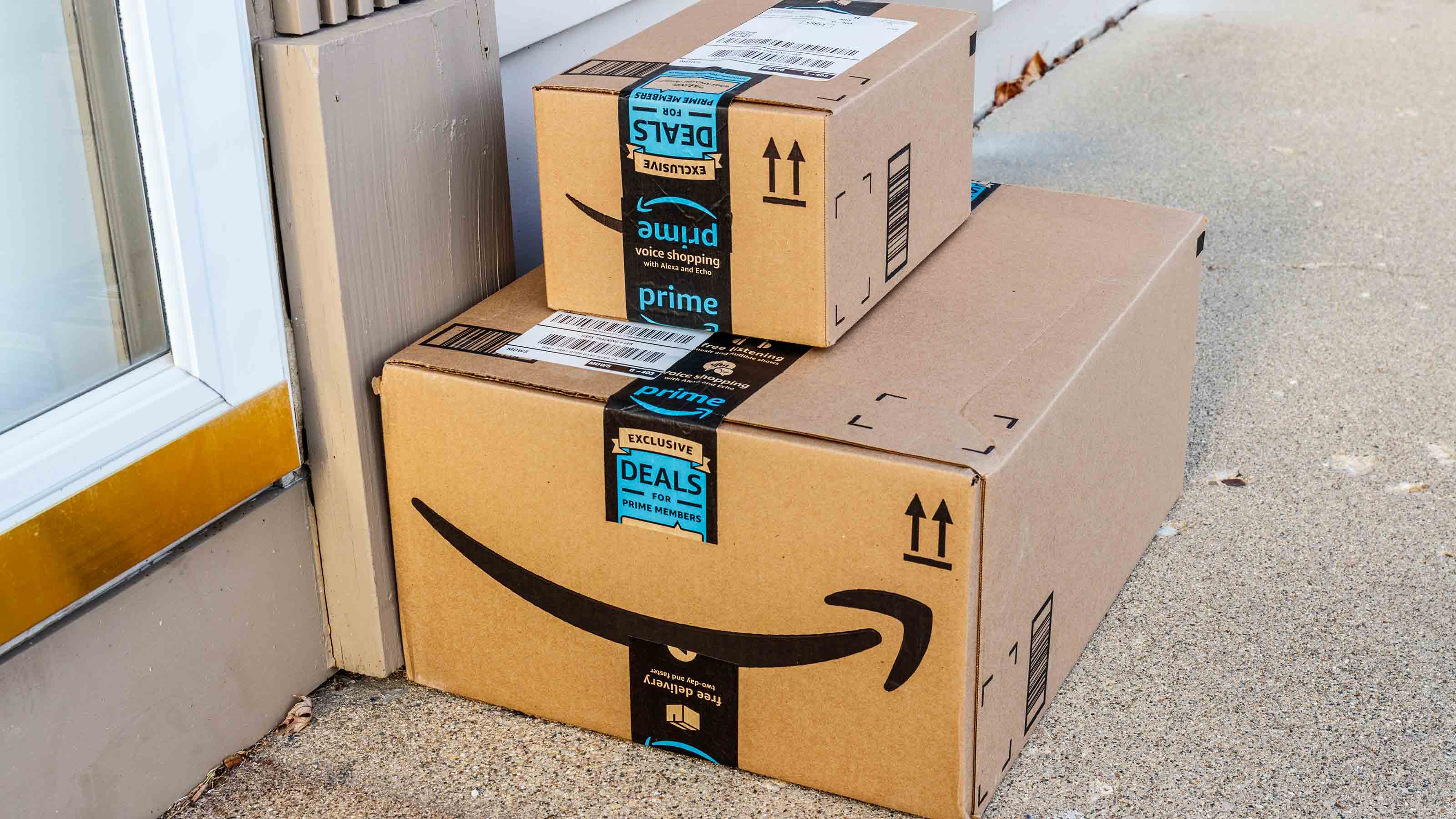Refinance, If You Can
Rates may be tantalizing, but be prepared to jump through many hoops.

Refinance your mortgage now and you may capture the lowest interest rate of your lifetime. But unlike a couple of years ago, when it seemed all you needed was a pay stub (if that) and an eager mortgage broker, today's process can be tedious. That's because the demand for refinancing is high, standards are stricter, and the number of people processing mortgages is down. Here's what you should know before you refinance.
| Row 0 - Cell 0 | 2009 Home Guide |
| Row 1 - Cell 0 | Exotic Mortgage Deals May Be Gone Forever |
| Row 2 - Cell 0 | Should You Buy a Home? |
What's the outlook for rates?
Expect the 30-year fixed rate to hover near 5% for the balance of this year or, if the economy improves a tad, to creep up to 5.25%, says Keith Gumbinger, of financial publisher HSH Associates. HSH's survey of lenders pegged the national average 30-year fixed rate at 4.97% the week ending May 1. The average 15-year fixed rate was 4.68% and the average 5/1 adjustable-rate mortgage (which has a rate that's fixed for five years, then changes every year after) was 4.91%.

Sign up for Kiplinger’s Free E-Newsletters
Profit and prosper with the best of expert advice on investing, taxes, retirement, personal finance and more - straight to your e-mail.
Profit and prosper with the best of expert advice - straight to your e-mail.
Given that the spread is so narrow between a 30-year fixed-rate loan and a 5/1 ARM, and that rates are at historically low levels, it makes no sense to take out an ARM now.
Rates will rise when inflation heats up, but that's not an immediate risk. Kiplinger's forecasts that the rate of inflation will stay steady for at least the next couple of months.
Who qualifies for the best rates?
You'll generally get the lowest rate on loans backed by Fannie Mae or Freddie Mac -- together they back about two-thirds of all mortgage loans -- if you're taking out a conforming loan, and if you have a credit score of at least 720 and equity of 20% or more. Other factors that will help: if the property you're refinancing is the single-family home you live in, if you don't take out some of your equity in cash when you refinance, and if you don't take out a home-equity loan or line of credit. Of course, you can reduce your rate by paying points at closing. A discount point is equivalent to 1% of your loan amount. Paying one point usually lowers your interest rate by 0.25 percentage point.
What documents will I need?
To get the most accurate estimate of the rate for which you'll qualify, provide a prospective lender with your FICO score ($8 with the Equifax report when you order free credit reports from www.annualcreditreport.com) and an estimate of your home's market value. You can get this from a real estate agent or from sources such as Zillow.com and Trulia.com, which will show you recent comparable sales in your area.
When you apply to refinance your mortgage, you must provide pay stubs from a recent month, two months of bank and other financial statements, two years of W-2s and, if you're self-employed, two years of tax returns showing self-sustaining income. The requirement for all these documents contrasts with the "no-doc" or "liar" loans available during the real estate boom that allowed borrowers merely to state their income without providing proof.
You can take additional measures to speed up the process. Phoenix mortgage broker Tracy Tolleson urges his clients to fill out an application and pay for an appraisal (about $350) ahead of time. That can be particularly helpful if you're delaying your application in order to lock in a lower rate. There is a brief lag in applications to lenders between the time rates drop and the point that lenders become swamped with new customers. With all your paperwork in order, you can beat the rush.
If you have a home-equity loan or line of credit, your current lender will have to document its willingness to "resubordinate" to your new first mortgage -- that is, stand behind the first lender for compensation if you default.
Where should I apply?
Guy Cecala, publisher of Inside Mortgage Finance, recommends calling at least several lenders, including credit unions in addition to the local branch offices of national, regional and local banks. Cecala says some banks' divisions that typically serve only a bank's more affluent customers (say, with $100,000 or more in deposits) now offer good deals to non-depositors.
Also, check with mortgage brokers. They may prove especially helpful if your needs or qualifications aren't straightforward, says Cecala. If your application is declined, good brokers, who represent multiple lenders, will appeal the decision or take the application to another lender that may approve it.
Should I lock in the offered rate?
Locking in a rate is a good idea for a couple of reasons. First, if the mortgage pushes the limits of what you can afford, you want ensure that rising rates won't torpedo the deal. Second, the risk that rates will change before the deal closes is higher these days because loans are taking so long to process. Because mergers and layoffs have decimated many lenders' staffs, refis are taking an average of 60 days to close. Locking in a rate will cost you, of course -- lenders usually add a quarter of a percentage point to your interest rate for every 30 days you lock in a rate, up to 90 days. Be sure to get it in writing.
Of course, rates may decline further. To take advantage of that, ask about a "float down" option. For example, if rates drop a minimum of 0.25%, you can capture the lower rate before you close on the loan. Lenders will usually charge you a $200 to $300 nonrefundable fee for the option, but it can save you thousands of dollars over the life of the loan if rates go down.
How much equity must I have?
Fannie and Freddie require just 5% equity in your home (more for a second home, investment property or a mortgage with secondary financing). However, you must get private mortgage insurance (PMI protects the lender if you default) if you have less than 20% equity.
In markets where home prices are declining, the mortgage insurers won't cover conventional loans with less than 10% equity or jumbo loans with less than 15%. But PMI can be expensive -- the less equity you have, the more costly it is -- and the added cost could disqualify you from refinancing.
During the boom years, homeowners avoided PMI by taking piggyback mortgages -- for example, a first mortgage for 80% of the home's price and a second mortgage for the balance. That tactic has almost disappeared.
The PMI problem is one reason the Federal Housing Administration, long a haven for the credit challenged, is doing land-office business these days. The week ending May 1, the average 30-year fixed rate on an FHA loan was 4.97%.
With FHA, you can refinance with only 2.25% equity. FHA provides its own mortgage insurance, for which you'll pay both an upfront and a monthly premium. FHA itself doesn't impose a credit-score threshold, but some FHA-approved lenders require a minimum credit score, from about 580 to 620.
You should know that Fannie and Freddie generally set the limit for mortgage-loan payments at 36% of your monthly pretax income, unless you can prove you can handle more.
I'm underwater on my mortgage and my payment is killing me. What can I do?
Small consolation, but you have a lot of company: One in five homeowners now owes more than their home is worth, according to First American Core Logic. The goal here isn't necessarily to lock in the lowest interest rate, but simply to qualify to refinance with a mortgage you can afford. You may have two options, presuming that you have a job and meet other qualifications.
The first is the Home Affordable program. Announced in March by the Obama administration, this helps homeowners who owe more than their home is worth and need a more affordable payment. The Home Affordable refi will feature a market rate of interest that's fixed for at least five years.
It's no panacea. You'll qualify only if Fannie Mae or Freddie Mac owns your current loan (to find out more, visit www.makinghomeaffordable.gov). The balance of your first mortgage can't exceed your home's value by more than 5%. That limit disqualifies plenty of homeowners in distressed markets in California, Arizona, Nevada and Florida, where home values have plummeted. The program ends in June 2010.
The second is the Hope for Homeowners program. This may help if you're at risk of default or already in foreclosure or bankruptcy. So far, these FHA-insured loans have had relatively few takers (recently only 51 of the loans had closed). That's because the cost is high for both lenders and borrowers -- although hopefully less onerous to both than the cost of foreclosure.
The Obama administration has proposed fixes to the program to make it more effective, including easing eligibility requirements for borrowers and reducing their costs. For more information about eligibility and where to apply, visit www.hud.gov/hopeforhomeowners.
What about jumbo loans?
As long as you can jump the hurdles to qualify and the loan you need falls within the limit for your metro area, conforming jumbos are readily available. The week ending May 1, the average 30-year fixed rate on a conforming jumbo was 5.28%, and the average 5/1 adjustable rate was 5.0%. The loan limit for conforming jumbos backed by Fannie, Freddie and the Federal Housing Administration is 125% of the median home price in your metro area -- up to a maximum of $729,750 in high-cost areas.
Get Kiplinger Today newsletter — free
Profit and prosper with the best of Kiplinger's advice on investing, taxes, retirement, personal finance and much more. Delivered daily. Enter your email in the box and click Sign Me Up.

-
 Baby Boomers vs. Gen X: How They Approach Retirement Differently
Baby Boomers vs. Gen X: How They Approach Retirement DifferentlyOne generation is nearing retirement, while one is already there. How they approach this important life transition is very different.
-
 How to Save $50 on a Sam’s Club Membership
How to Save $50 on a Sam’s Club MembershipThis Sam’s Club membership deal from Stack Social saves you up to $50 and gets you a full year of access to the warehouse club.
-
 Roth IRA Contribution Limits for 2025
Roth IRA Contribution Limits for 2025Roth IRAs Roth IRA contribution limits have gone up. Here's what you need to know.
-
 How to Search For Foreclosures Near You: Best Websites for Listings
How to Search For Foreclosures Near You: Best Websites for ListingsMaking Your Money Last Searching for a foreclosed home? These top-rated foreclosure websites — including free, paid and government options — can help you find listings near you.
-
 Luxury Home Prices Rise as the Rich Dodge High Mortgage Rates
Luxury Home Prices Rise as the Rich Dodge High Mortgage RatesLuxury home prices rose 9% to the highest third-quarter level on record, Redfin reports, growing nearly three times faster than non-luxury prices.
-
 Four Tips for Renting Out Your Home on Airbnb
Four Tips for Renting Out Your Home on Airbnbreal estate Here's what you should know before listing your home on Airbnb.
-
 Five Ways to a Cheap Last-Minute Vacation
Five Ways to a Cheap Last-Minute VacationTravel It is possible to pull off a cheap last-minute vacation. Here are some tips to make it happen.
-
 How to Figure Out How Much Life Insurance You Need
How to Figure Out How Much Life Insurance You Needinsurance Instead of relying on rules of thumb, you’re better off taking a systematic approach to figuring your life insurance needs.
-
 Amazon Big Deal Days Is Coming! We’ve Got All the Details
Amazon Big Deal Days Is Coming! We’ve Got All the DetailsAmazon Prime To kick off the holiday season with a bang, Amazon Big Deal Days runs Tuesday, October 8 and Wednesday, October 9.
-
 How to Shop for Life Insurance in 3 Easy Steps
How to Shop for Life Insurance in 3 Easy Stepsinsurance Shopping for life insurance? You may be able to estimate how much you need online, but that's just the start of your search.